When it comes to determining the value of a property in Victoria, there are various methods that property valuers employ. These methods consider different factors and approaches to derive an accurate estimation of property values. In this article, we will explore some of the common techniques used in property valuation and gain an understanding of how they work.
1. Market-Based Appraisal
The market-based appraisal method, also known as the sales comparison approach, is one of the most widely used techniques in property valuation. This approach involves comparing similar properties in the local market that have recently been sold. By analysing the sales prices of these comparable properties, the valuer can determine a fair market value for the property being evaluated.
During the market-based appraisal, the valuer takes into account factors such as location, size, condition, amenities, and other relevant features. This helps in assessing the value of the property in relation to recent market trends and sales data. By comparing the subject property with comparable properties, the valuer can account for any differences and make necessary adjustments to arrive at an accurate valuation.
2. Cost Approach
The cost approach method is another approach used in property valuation. This method considers the cost of replacing the property and accounts for depreciation to determine its value. The valuer estimates the cost of constructing a similar property at current market rates, considering factors such as materials, labour, and associated expenses.
In the cost approach, depreciation is taken into account to reflect any reduction in the property’s value due to wear and tear, obsolescence, or changes in market conditions. Depreciation can be categorised into three types: physical deterioration, functional obsolescence, and external obsolescence. By assessing these factors, the valuer can subtract the appropriate depreciation amount from the replacement cost to arrive at the property’s value.
3. Income Approach
The income approach is primarily used for income-producing properties, such as rental properties or commercial buildings. This method focuses on the potential income the property can generate and calculates its value based on the expected cash flows over its economic life.
The income approach involves estimating the property’s net operating income (NOI), which is the income generated after deducting operating expenses. The valuer then applies a capitalization rate or a discount rate to convert the projected income into present value. This approach takes into consideration factors such as vacancy rates, rental rates, operating expenses, and market capitalization rates to determine the property’s value.
Understanding the various methods of property valuation is crucial in determining accurate property values in Victoria. Whether it’s the market-based appraisal, cost approach, or income approach, each method considers different factors and approaches to arrive at a fair valuation. By employing these techniques, property valuers can provide reliable and informed valuations that align with market conditions and meet the needs of property owners, buyers, and sellers. Whether you are looking to buy, sell, or invest in a property, having a comprehensive understanding of property valuation techniques can help you make informed decisions and ensure fair transactions.



